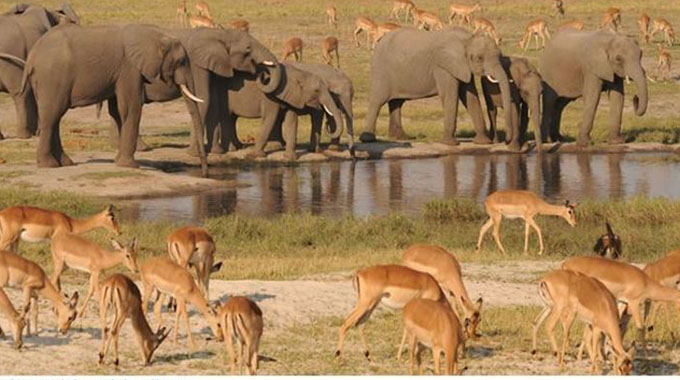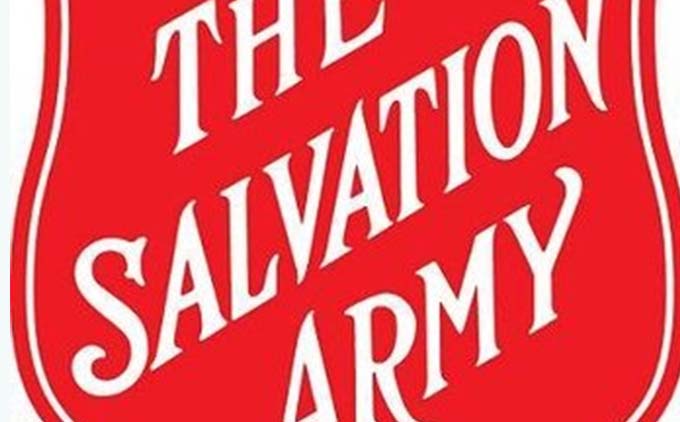Cry our beloved Hwange National Park

Isdore Guvamombe Reflections
I am, by and large, a tourism person, in thought, in my dreams, in my aspirations, my actions and indeed in writings. My heart is with tourism.
I was hurt to the soul, spirit and essence of life that some company, whoever it is, had been granted mining rights inside Hwange National Park, the cradle of our tourism.
Fortunately, on Tuesday the Government moved in swiftly to reverse the deflowering of the park, albeit at the last minute.
Suffice to say, Hwange is the last vestige of a natural wildlife habitat, with the biggest elephant concentration in Africa, south of the Sahara.
It is fact, not fiction, that Europeans do not come here for our hotels; they have the best hotels there.
They don’t come for our swimming pools; they have the best there. They come here for our wildlife and Hwange is a big draw-card.
Hwange looks pretty much like what Africa looked like 150 years ago and remains verdantly virgin. And, to think of the blasting, the huffing and puffing of loaded haulage trucks, their groggy engines and the complex hullabaloo of miners in this wildlife park, made me sick. Very, very sick.
I have trudged the length and breadth of the world, from Madrid to Madeline, up to Isle of Man and Niagara Falls and everywhere else where tourists frolic in the world but I have not seen a place like Hwange National Park.
On entering the gate to the Main Camp, fresh game dung juxtaposed with stunted, sparsely populated bush shrubbery and a water hole, give valuable clues to what happens in Zimbabwe’s undisputed theatre of the jungle — the Hwange National Park.
Buffaloes huddle and moo in formidable herds, flap their ears, nose up and challengingly spatter the ground with dung before boastfully moving off the road.
Flies hover above dotted animal droppings, a stark declaration that they are part of the ecological cycle of this last vestige of wilderness.
Day after day of cloudless skies, the fierce sun sucks moisture from the landscape, baking the earth into a dusty grey, while the withered grass is left as brittle as straw.
The sun burnt savannah and desert sand is left shimmering to the horizon, yet wildlife frolic from every corner, like ghostly figures.
Confident in the camouflage of their stripes zebras pose, heads aligned, stripes merging and flowing in motion, displaying their magnificent God-given colours, forgetting for a while that predators might be stalking them.
Giraffe race along the road — all legs and neck — yet looking elegant in their gangly awkwardness.
Their heads tower majestically above the ordinary graze-line. Protective elephants guard their young under the shed of a fat baobab tree and close to the watering hole.
The huge mounds of grey flesh make cars look like dwarfs under the armpit of a giant colossus. Slowly, tentatively, they reluctantly move off the road.
Hwange National Park is the largest game reserve in Zimbabwe, founded around 1928 and occupying 14 650 square km of a vast swathe in the north-western part of the country.
It has a tremendous selection of wildlife with over 100 species of mammals and nearly 400 bird species.
The elephant population in particular, is the world’s largest concentration and a marvel to watch yet at some point one feels the park is getting overpopulated with the jumbos. For sustainable environmental management, each elephant requires a square kilometre but in Hwange where 14 500 elephants are ideal, there are more than 45 000 elephants, roaming wild and free. You cannot go to Hwange and fail to see elephants. Never!
Hwange has three distinctive locations and administrative offices situated at Robins, Sinamatella and Main Camp. The main camp is the largest.
The area around the Main Camp has numerous pans and pumped waterholes, where game come to drink, much to the delight of the tourist. For the tourist, there are self-catering lodges, cottages, chalets, a camping and caravan site.
There is a choice of one or two bedrooms that are refrigerated and boast of furnished kitchens, bathrooms and verandahs.
Ngweshla Pan has a loop road that gives a pleasant day drive, while Nyamandhlovu Platform is the prime game viewing area, supported by a pumped water hole. For an exceptional African sunset view, the Dom waterhole is a perfect place.
Sinamatella, a corruption of the name Chinamatira, a word that means a local shrub that characteristically sticks to one’s clothes when brushed against, was established in 1966, approximately 120km from the Main Camp.
It offers several exclusive camps like Bambusi, 24km away, with four lodges but no electricity, Lukosi Camp — 11km away — which can accommodate 10 people and is only open from November to April.
There are undeveloped camping sites at Lukosi, Vhikani, Rhino Bar, Salt Springs and Tshakabika. Mandavu, Masuma, Detema Dams provide perfect game viewing opportunities. Then there is Robins Camp, about 60km from Sinamatella and 140km from the Main Camp.
Mr Harold Robins, a farmer, donated Robins Camp to the State in 1939. The camp has lodges, chalets and camping sites. Here there are also exclusive camp sites like Isilwane Lodge, Natwich Camp and Deka Camp.
One of Hwange National Park’s exclusive tourist attractions is moonlight game viewing, around the full moon and this is exclusive to the Main Camp.
This is why many people say travelling through Hwange National Park gives you an insight of what much of the interior of Africa might have been like more than 150 years ago.
That is Hwange for us and for the world. This is the place for any discerning tourist.
If that company is allowed to mine in Hwange, our generation will be judged for lacking vision in protecting the last vestige of natural wildlife habitat. Cry our beloved Hwange National Park.
The lesson is that we should never go to the extend of deflowering the little that is left as natural habitat, for once gone, it is gone and gone for good. Hwange is best left like that.









Comments